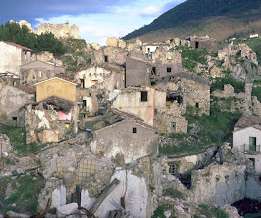Towards a Taxonomy of Disasters
Emergency Planning
JUNE 9, 2019
The next question is where to draw the boundaries in the study of disasters and practice of disaster risk reduction. Pandemics are included because many of the effects of a pandemic are likely to be socio-economic in nature. Disaster risk reduction policy is heavily influenced by the class of disaster involved.










Let's personalize your content